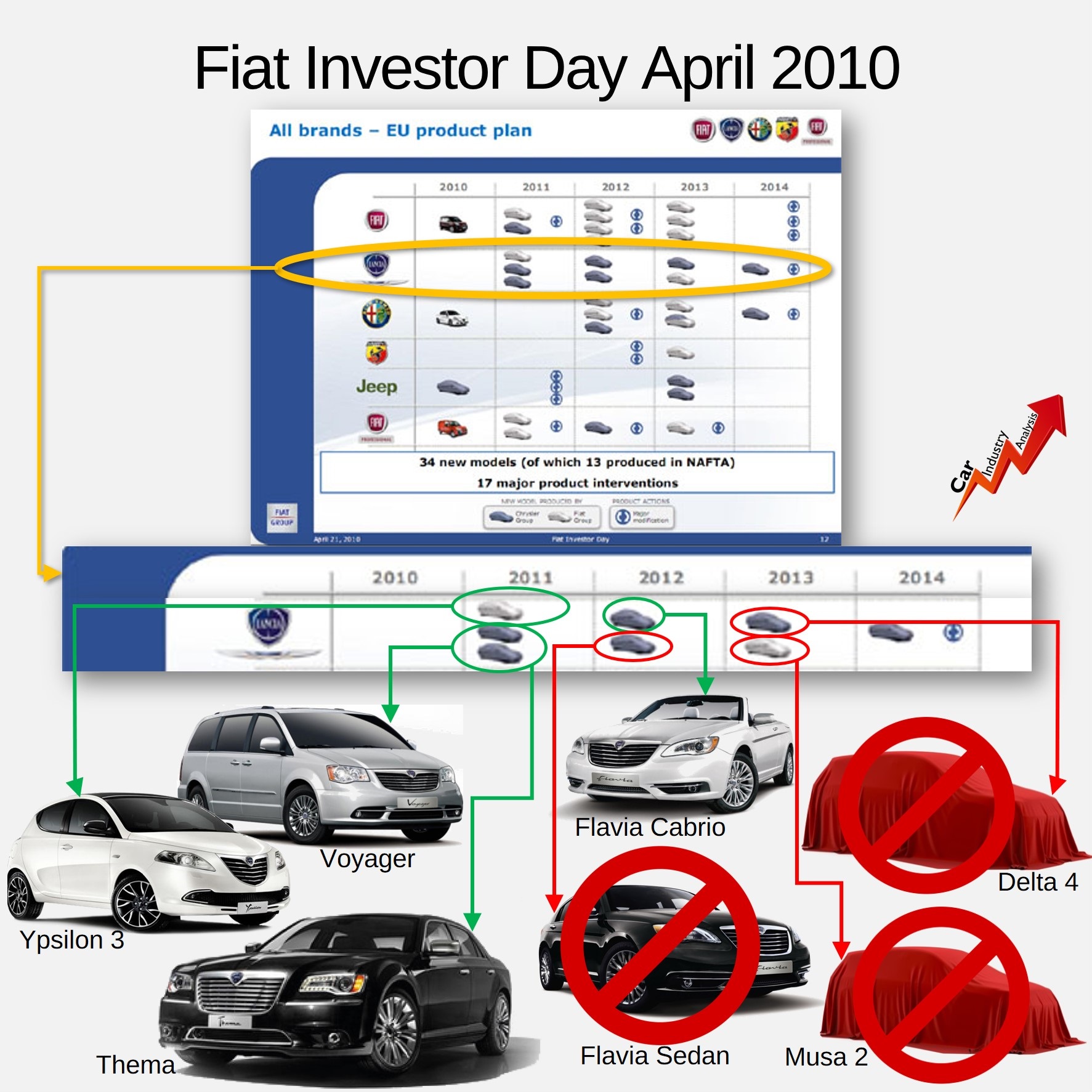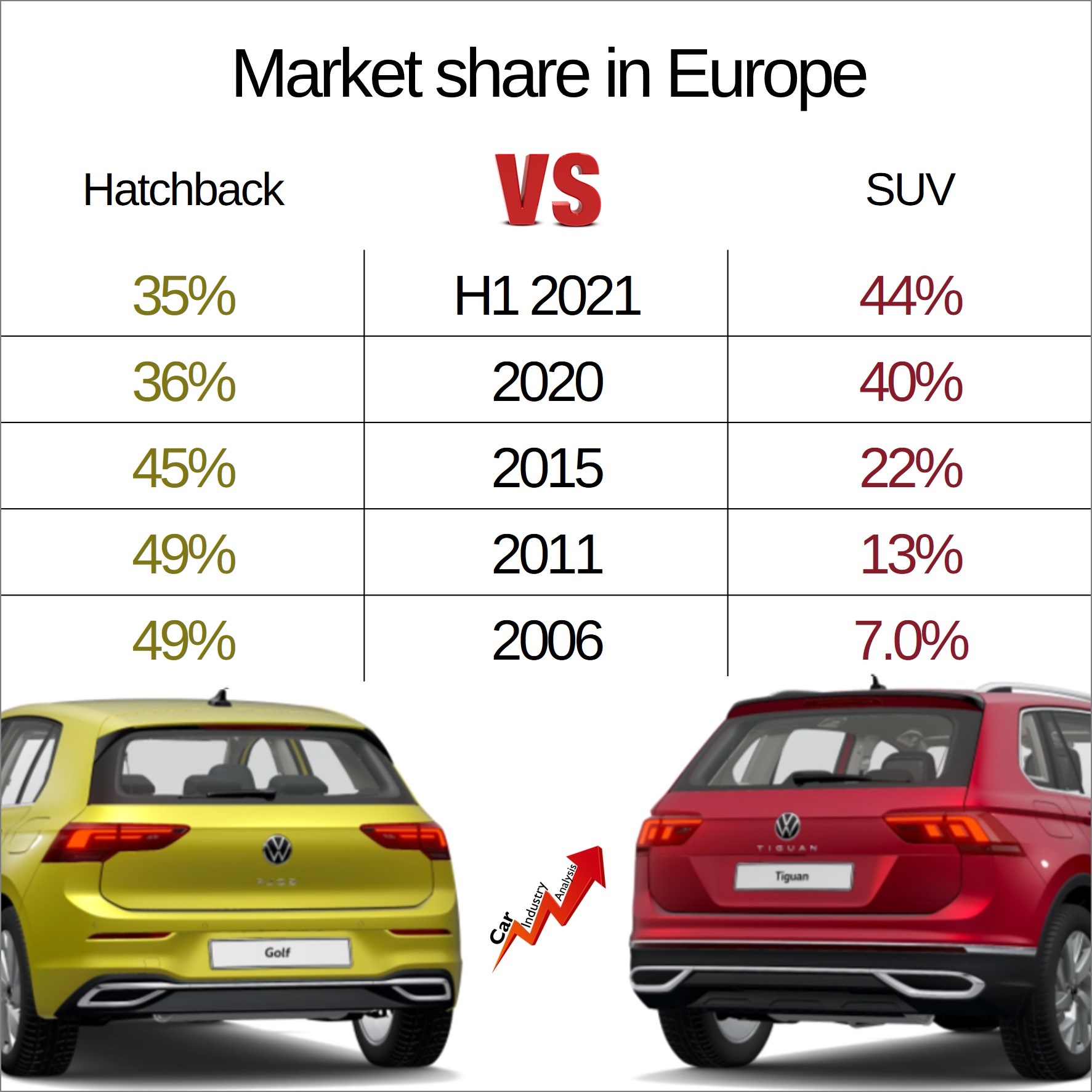Another chapter in the troubled history of Lancia. This time it comes from an statement made by Luca Napolitano, the brand’s CEO in which he said that “the Delta is wanted by everyone and can’t be missing from our plans”. It was part of more announcements of what we should expect from Lancia in the coming years. But, does everyone really wants a Lancia Delta?
We’ve heard this story before
We are used to the splendid presentations anticipating the future models of the late FCA group. The 2010-2011 industrial plan presented in late 2009 indicated that Chrysler would add a made-in-Italy hatchback to its lineup, while Lancia would get some products from Chrysler. The former never happened, and the latter became a reality in 2011-2012 when Lancia introduced the rebadged Chrysler 200, Chrysler 300 and Chrysler Town & Country.

Then in early 2012, there were rumors, and even spy shots of an imminent Chrysler 100 that would be also the base for a new Lancia Delta. Nothing happened. In 2014, Sergio Marchionne said that “Lancia does not have a history in the foreign market, so it will remain in Italy only”. We know how it all ended.
The relaunch plan is based on a different reality
Although Lancia left the the global markets in 2018, it played a marginal role outside Italy long way before. Its market share in the other big 4 European markets never exceeded 0.15% after the year 2000. I mean, the decision of axing Lancia outside Italy was not a whim.

Between the late 90’s and mid 2010’s, Lancia stopped understanding the market trends. While its rivals from Germany launched their first SUVs, Lancia was still thinking of MPVs. Then it had an identity crisis moving away from the sporty Lancia of the 80’s to become a modern “luxury wanna-be” brand. And finally, the rebadges in 2012 accelerated its crisis outside Italy.
When Lancia left the European markets, no one even noticed.
That’s why it is striking to hear Mr. Napolitano saying that everybody wants a Delta. Is this based on comments from the big fan base, which is by the way quite active in social media?
Everybody wants SUVs
There are many things that don’t add up. First, part of the strong growth of SUVs is happening at the expense of lower hatchbacks. It is not a secret that the popularity of the latter has dropped dramatically during the last 10 years, falling from 49% of new sales in Europe in 2006 to 35% in H1 2021.

The C-Hatch segment, where the Delta plays in, has seen its European sales shrink from 2.47 million units in 2006 to 1.17 million last year, and 580,000 units in H1 2021. Their market share fell from 15.5% in 2006 to 14.5% in 2011, 13.2% in 2015, 9.8% in 2020, and 8.9% in H1 2021. At the same time, the SUVs share jumped from 7% in 2006 to 44.5% in H1 2021.
The situation is even more dramatic within the premium C-Hatch segment. In 2006, the German brands controlled 84% of the segment. This year through June, their market share stayed at 98%. Brands like Infiniti, Lexus, Volvo and Alfa Romeo left the segment.

Based on the sad reality of the hatchbacks in Europe, and the weak position of Lancia after leaving Europe, does it make sense to invest in Lancia and in this hypothetical Delta? Shouldn’t it make more sense to focus on more SUVs for Alfa Romeo?



















I think that new Lancia and DS will always be a waste of money for Stellantis. Alfa Romeo and Maserati should be the only premium brands in Stellantis, focusing investiments on making them more competitive (particullary Alfa Romeo).
LikeLiked by 1 person
Totally agree
LikeLike
Hello Felipe,
Just to remind you that you should not compare Stellantis to FCA
FCA did not invest in Lancia… they rebadged old cars with unfit engines to Europe.
Is it what Stellantis wants to do?
No!
So Felipe, is it wise to say “WE’VE HEARD THIS STORY BEFORE”? Again….No!
I agree that Alfa and Maserati are the best brands to invest…but…the aim is to align Stellantis to VAG, so… you should think big, and to the future!
A new delta is welcome if done well, and Hatchbacks are stil, worth 35% of the market. Can Stellantis disregard 35%…, the italian car market…. Lancia history… no!
Piech was brave. Tavares is brave! If he succeeds…
LikeLike
Think big but be realistic!
35% is the market share of all hatchbacks: mini, B, C and D. The segment where this new Delta is due to play represents 10% of the whole European market, and more than 90% of it is controlled by the 3 Germans.
It is great to target VW Group! but let’s do it in the proper way: Stellantis has 4 brands that need a lot of products (AR, Maserati, Dodge and Chrysler). Why to invest on Lancia when they can’t even manage those 4?
LikeLike
SUVs for Alfa Romeo doesn’t make sense at all. Stellantis should drop all SUVs from Alfa Romeo’s lineup, as they don’t belong in the lineup in a brand like Alfa Romeo, in fact their presence in its lineup is actively hurting the brand.
As for Felipe and Lancia, that’s a story in itself. Although Felipe will deny it, it’s clear he really hates Lancia. The fact that he goes so far as to write an open letter to the Stellantis CEO begging him not to save Lancia says everything. Add that to the fact that he wants the DS brand to survive – a brand with no raison d’être whatsoever, which only represents a botched attempt to launch a premium brand, severely and permanently derailed by Tavares’s moronic decision to export a vehicle made in low-quality China (!!!) as a DS model in the civilized world – and the madness is complete. For matters relating to Lancia, one should never listen to Felipe, he’s too damaged by the Marchionne-line of thinking to have anything of note to contribute.
LikeLike
Jajajaja thanks for your opinion. Just one clarification: I’m neither a fan nor a hater of Lancia. I’m just realistic.
I’m sure you’re one of the many that according to Napolitano wants a Delta. I just hope that you don’t change your mind when the new Delta is available and you keep buying German. The same happened to many AR fans when they had the choice between the beautiful Giulia and the boring A4. Guess what they bought?
LikeLike
Of course you claim not to be a hater of Lancia, as I already predicted you would. Unfortunately, there’s one piece of damning evidence that clearly contradicts your claim. I certainly understand why you won’t admit in public that you’re a Lancia hater, though, as your Lancia hatepiece is more effective if it’s pitched as an “analysis”.
You’re not very “realistic”, either, instead you’re quite defeatist – very much in the mold of the late Sergio Marchionne, whose approach of “if at first you don’t succeed, just give up” damaged a lot of FCA’s brands, not to mention the mindset of many FCA employees, yourself included.
The fact that a lot of consumers choose German brands instead of FCA brands has to do with a lot more than just product. It’s also a matter of trust, and by that I’m not just thinking of quality, but of commitment and perseverance. To wit: How do you think Alfa 159 owners felt when FCA couldn’t even be bothered to follow it up with a successor? When those car buyers wanted to replace their old 159s, where do you think they went? And do you think they’ll even consider buying an Alfa ever again when:
a) instead of learning from that mistake, FCA repeated the mistake with the Giulietta, the model that almost single-handedly carried the Alfa Romeo brand for more than half a decade, leaving repeat buyers with nothing to buy once again
b) FCA couldn’t even bother to develop a Sportwagon version of the Giulia once it finally did manage to design a successor – after six years!
c) there’s no word from Stellantis about whether there’ll actually be a successor to the current Giulia
The FCA brands (now part of Stellantis) need to do their bit to deserve consumer attention, and that involves a lot than just launching new products, however it will never work without new products. So rather than launch products and complain that they don’t sell, Stellantis needs to address consumer confidence and be in it for the long haul, even if at first the products don’t sell. And it’s not enough merely to show up with new products, either, they need to be good (which means that Tavares needs to drop his EV-only decision, as EVs are not ready for prime time and won’t be any time soon – if ever).
On a positive note, though, Stellantis has some of the strongest brands in automotive history under its umbrella, with Alfa Romeo and Lancia being just two. It would be a crime for Stellantis to close them or allow them to continue to wither, especially in the face of no-name Chinese crap flooding our markets (the fact that there are buyers for Chinese crap means that one cannot hide behind the ridiculous notion that Lancia has a “poor reputation”, as nobody has a reputation as poor as the Chinese).
To argue that Stellantis should refrain from leveraging the strong, but mismanaged, brands it acquired through the FCA merger, by contrast, would be to argue in favour of continued German dominance. And to claim that it’s somehow “too much” for Stellantis to do so would be tantamount to saying that Stellantis doesn’t have what it takes to run a car company.
LikeLike
Excellent point of view Fiat fan… right on the spot!
LikeLike
We remind the marketing man Alfaromeo who also wrote here a lot of fake numbers that Lancia in 1990/91 sold about 75,000 cars a year in the EU (in 1990 total EU 300,216 of which 226,806 in Italy and 270,571 EU in 1991 of which 195,335 in Italy). So on the EU global market, about 13,500,000 million (without Italy which was worth about 2.3 million) became around 11 million vehicles, the% corresponds to 0.6% of the global market. Not the hoax “never exceeded 0 , 15 “. PS, in the same years, between the end of the 80s and the end of the 90s, the alfa made the same numbers as Lancia abroad …;)
LikeLike